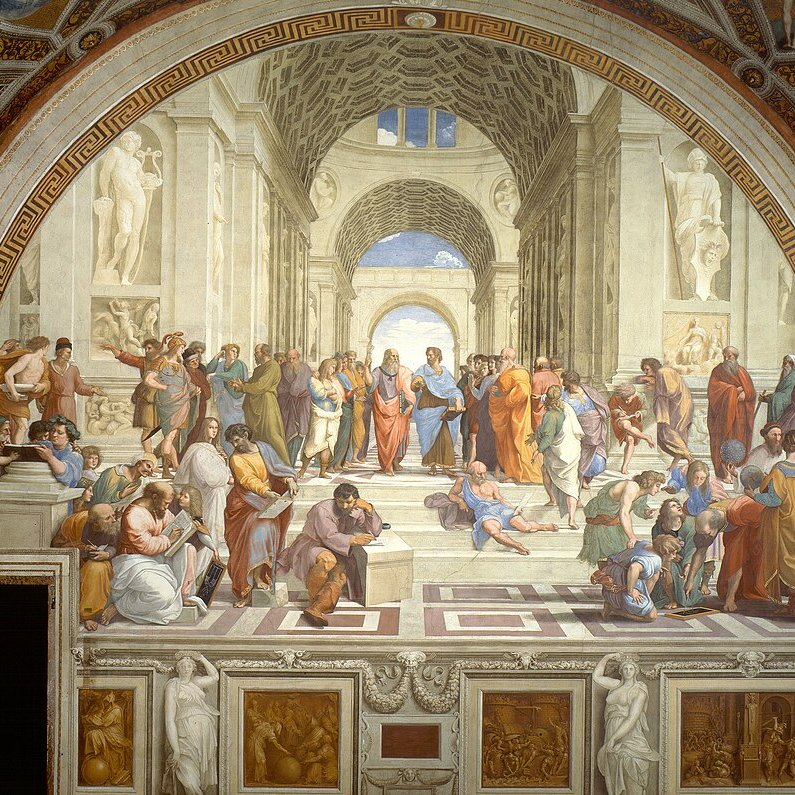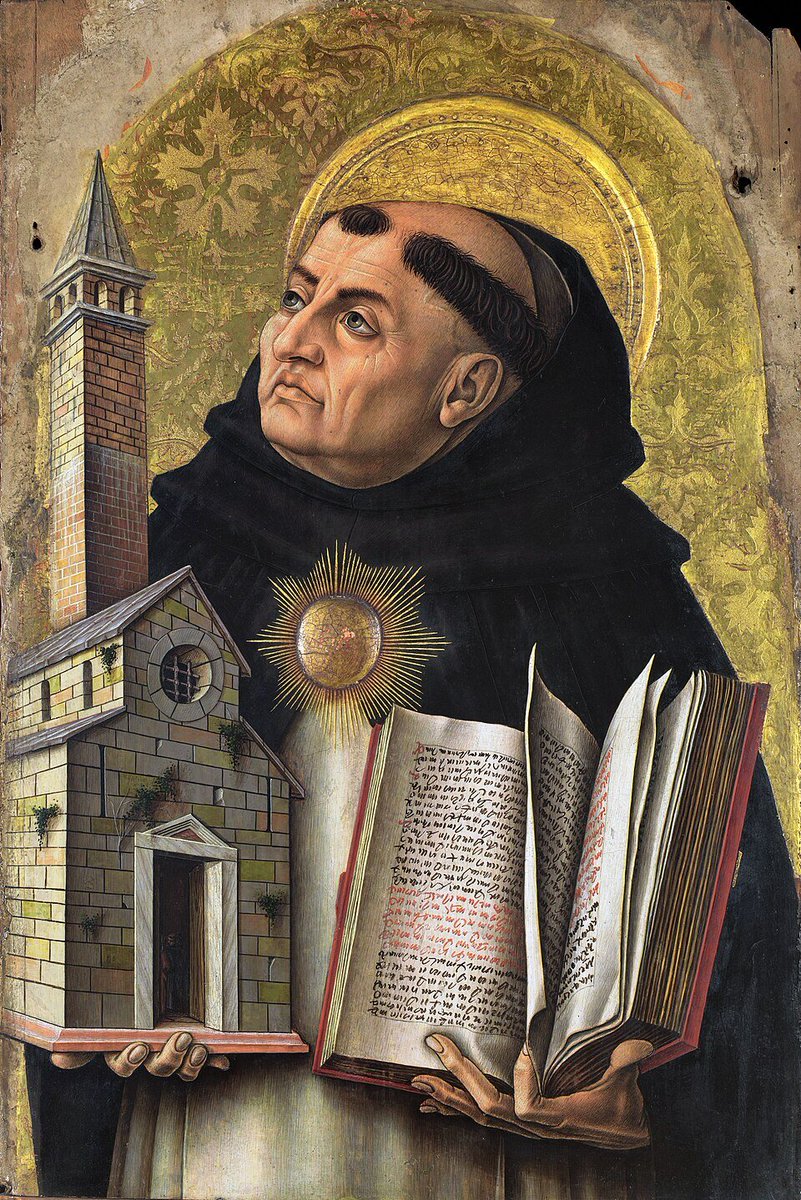The Greatest Minds to Have Ever Lived (A Four-Part Series) - Part 1
Here are the luminaries who have laid the foundations for the arts, philosophy, and the sciences that shaped our world sometimes at cost of their lives.
Let's look at how they have been immortalized in art.🧵⤵️
Here are the luminaries who have laid the foundations for the arts, philosophy, and the sciences that shaped our world sometimes at cost of their lives.
Let's look at how they have been immortalized in art.🧵⤵️

Homer is traditionally regarded as the ancient Greek poet and author of two of the greatest epic poems of ancient Greek literature: the "Iliad" and the "Odyssey". The "Iliad" recounts the events of the Trojan War, specifically the wrath of Achilles, while the "Odyssey" follows the journey of Odysseus as he returns home from the war.
Homer's works have had an enormous influence upon Western culture and literature, and the precise historical details of his life remain largely unknown, with various historical and mythological accounts blending together over time.
Homer's works have had an enormous influence upon Western culture and literature, and the precise historical details of his life remain largely unknown, with various historical and mythological accounts blending together over time.

Socrates was a classical Greek philosopher credited as one of the founders of Western philosophy. His greatest contribution is the Socratic method, a form of cooperative argumentative dialogue to stimulate critical thinking, but he left no writings; his teachings are known through the works of his students, like Plato's dialogues.

Plato was a philosopher in Classical Greece who was the student of Socrates and the teacher of Aristotle. His written dialogues, including "The Republic," which explores justice and order within a city-state, are among his most famous works. 

Aristotle was a Greek philosopher and polymath during the Classical period in Ancient Greece. He wrote on many subjects including physics, biology, zoology, metaphysics, logic, ethics, aesthetics, poetry, theatre, music, rhetoric, psychology, linguistics, economics, politics, and government—his notable works include "Nicomachean Ethics," "Politics," and "Poetics."

Known as the 'Father of Geometry,' Euclid's work laid the groundwork for modern geometry. His most famous work is "Elements," a collection of books that is a compilation of all the known mathematics of his time and has been influential in teaching geometry for centuries after. 

Heraclitus was an early pre-Socratic Greek philosopher who introduced the idea that the universe is in a constant state of flux and is known for his obscure and paradoxical sayings. While no written works survive in full, he is remembered for his doctrine of change, symbolized by the phrase "You cannot step into the same river twice."

Confucius was a Chinese philosopher and politician whose teachings and philosophy have deeply influenced East Asian life and thought. His aphorisms concerning ethics are compiled in the "Analects." 

One of three ancient Greek tragedians whose plays have survived, Sophocles is known for his contributions to drama and theatre. "Oedipus Rex" and "Antigone" are among his most acclaimed tragedies. 

Archimedes was a Greek mathematician, physicist, engineer, and inventor. He is most famous for formulating the principles of lever and buoyancy. His written works include "On the Equilibrium of Planes," "On Floating Bodies," and "The Sand Reckoner." 

Al-Khwarizmi was a Persian polymath who produced influential works in mathematics, astronomy, and geography. Known as the "father of algebra," he introduced the fundamental algebraic methods and the words "algorithm" and "algebra" to the world. Famous saying: While there are no surviving verified quotes, his legacy lives on in the mathematical terms he introduced.

Galileo Galilei was an Italian astronomer, physicist, and engineer. Galileo is a central figure in the transition from natural philosophy to modern science and in the transformation of the scientific Renaissance into a scientific revolution. His significant works include "Dialogue Concerning the Two Chief World Systems" and "Two New Sciences."

Dante Alighieri was an Italian poet, writer, and philosopher. Dante is best known for "The Divine Comedy," widely considered the most important poem of the Middle Ages and the greatest literary work in the Italian language. 

Leonardo da Vinci was an Italian polymath whose interests spanned invention, painting, sculpting, architecture, science, music, mathematics, engineering, literature, anatomy, geology, astronomy, botany, writing, history, and cartography. While he is best known for paintings like "The Last Supper" and "Mona Lisa," his notebooks, such as "Codex Atlanticus," contain drawings, scientific diagrams, and his thoughts on topics from anatomy to flying machines.

Niccolò Machiavelli was an Italian Renaissance diplomat, philosopher, and writer, best known for "The Prince," a manual on political power considered the first work of modern political philosophy. 

Thomas More was an English lawyer, philosopher, statesman, and noted Renaissance humanist, he wrote "Utopia," a work of political satire, fiction, and a socio-political treatise, which introduced the term 'utopia' and spawned a genre of utopian and dystopian literature. 

• • •
Missing some Tweet in this thread? You can try to
force a refresh






















